In our “Behind the Scenes” series, Discovery Program staff across the province share a “backstage” glimpse of their favourite programs and projects. Today’s post comes from Caroline Freitag, a Discovery Guide at Rainbow Falls Provincial Park.
When I was a very young child, I was fascinated by leaves and rocks. On walks around my neighbourhood I would collect the biggest, coolest leaf I could find and bring it home to show whichever family member hadn’t been with me when I’d found it.
My preferred method of showing affection to people was to give them a “very cool rock”- usually a piece of gravel I’d found on the side of the road. My one neighbour loves to tell the story of the shy girl who left her piles of pebbles by the garden gate!
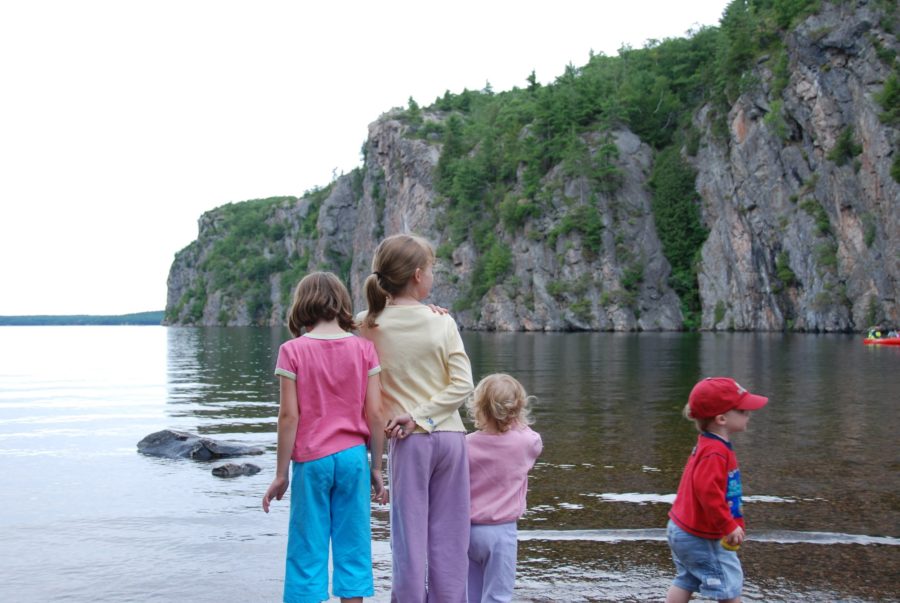
When I was nine, my family went camping at Bon Echo Provincial Park. I remember almost nothing from that trip, but I have one very vivid memory. My sister and I went to a discovery program about insects and I was immediately obsessed with a fun fact the discovery guide shared with us.
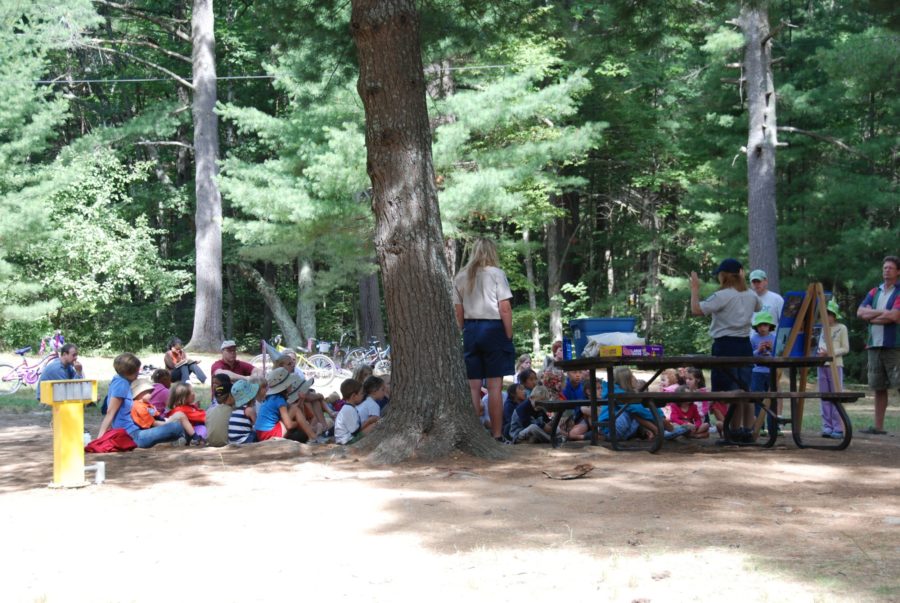
An easy way to differentiate between dragonflies and damselflies is by the way they hold their wings: dragonflies sit with their wings out to the side and damselflies sit with their wings together straight up behind their backs. From then on, I pointed out every single dragonfly and damselfly that I saw.

From the time I was seven to when I was eleven, my family participated in a neighbourhood tradition called No-Moms-Allowed Camping. Every Father’s Day weekend the dads and kids of the neighbourhood would camp at a group campsite in Algonquin Provincial Park.
It was a fun-filled weekend of swimming, hiking, bonfires, music and too many sweets. However, the best part was exploring the large meadow adjacent to our campsite with my friend.

We found lots and lots of frogs, butterflies, and insects! We spent hours looking at all the cool animals and hunting for the fairies we were convinced were also there, although usually the flash of wings we chased were dragonflies or damselflies (and I always knew which it was after the Bon Echo program).
By the time I was in high school, I was pretty sure I wanted to do something with nature when I grew up. I joined my school’s Environmental Specialist High Skills Major program and really embarked on the journey to where I am today.
We took classes such as environmental science, field ecology, and resource management. We went on field trips to landfills, commercial forests, provincial parks, and bird observatories (where I got to hand-release a female American Redstart (Setophaga ruticilla) which was the catalyst to my love of birds).
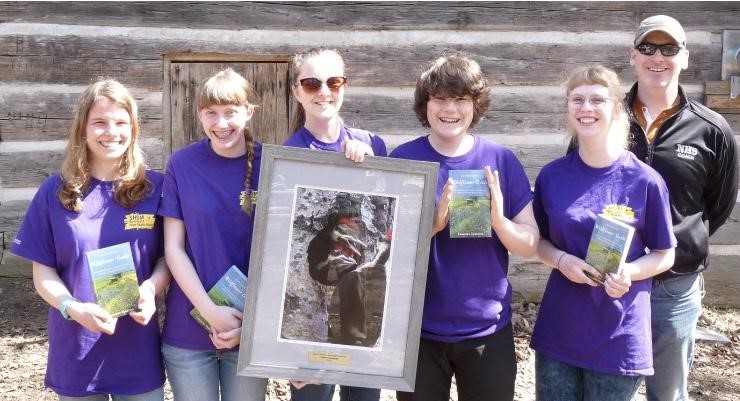
Perhaps most importantly, I got the chance to participate in my region’s Envirothon competition. Envirothon consists of two full days of learning about five different topics pertaining to nature, and then a day of testing and the presentation of a mitigation action plan for an invasive species.
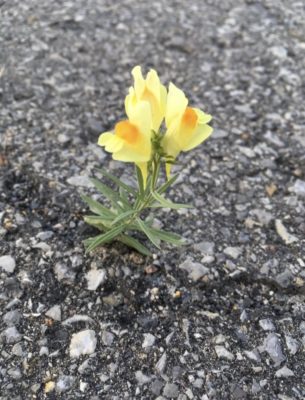
After a stress-filled wait, the results were in and my team had won! Our prize was a Newcomb’s Wildflower Guide. I took that book home and immediately started studying it. Imagine my surprise when I learned that the flower I’d been referring to as the “butter flower” since I was a child was actually called butter-and-eggs (Linaria vulgaris)!
Over the next few years, I put my inquisitive mind and need to understand the world to use. I learned all I could about frogs, salamanders, birds, snakes, wildflowers, mammals, trees, fish, macro benthic invertebrates, and invasive species.
I was hired by Ontario Parks as a Discovery Guide two years ago, and I’m still learning all I can. I moved from the Great Lakes and St. Lawrence Lowlands ecosystem to the great boreal forest.

This forest is wild and free — home to black bears, bald eagles, and lynx. I have found snowshoe hares (and barred owls eating them). The ghost flowers, growing among the blueberries, and sundew covered rocks. This is not a land that we can tame, and I love it.
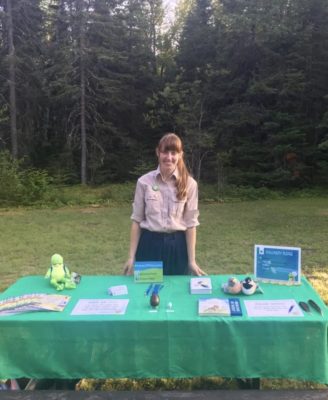
My job is truly the best in the world. When I see the same look of excitement from learning on a child’s face that I remember from when I was young, it reminds me that even one positive interaction with nature can shape a child’s entire future.
I think we should all live in a perpetual state of excitement about the world. After all, it doesn’t matter if you started exploring when you were two or 52, there will always be more to discover!
Explore one of Ontario’s Provincial Parks and discover the spark that will ignite a passion for the outdoors to take home with you. Discovery Guides will always be happy to help!
Interested in becoming a Discovery Guide? Apply today!


